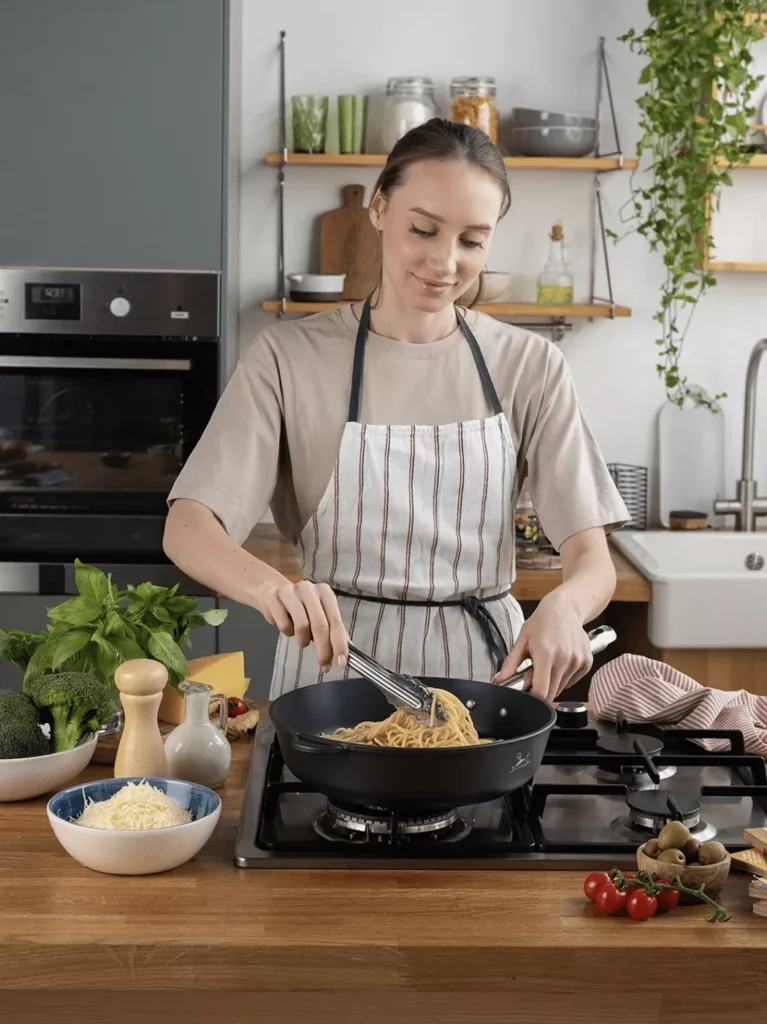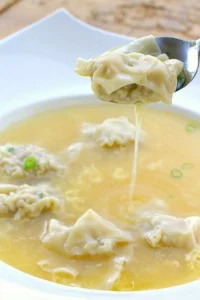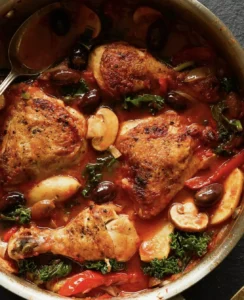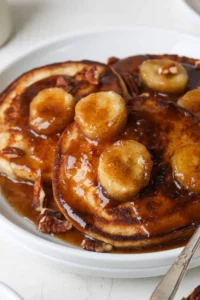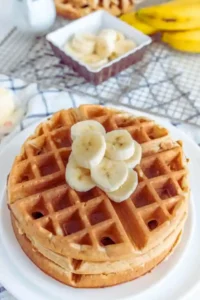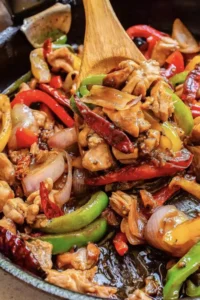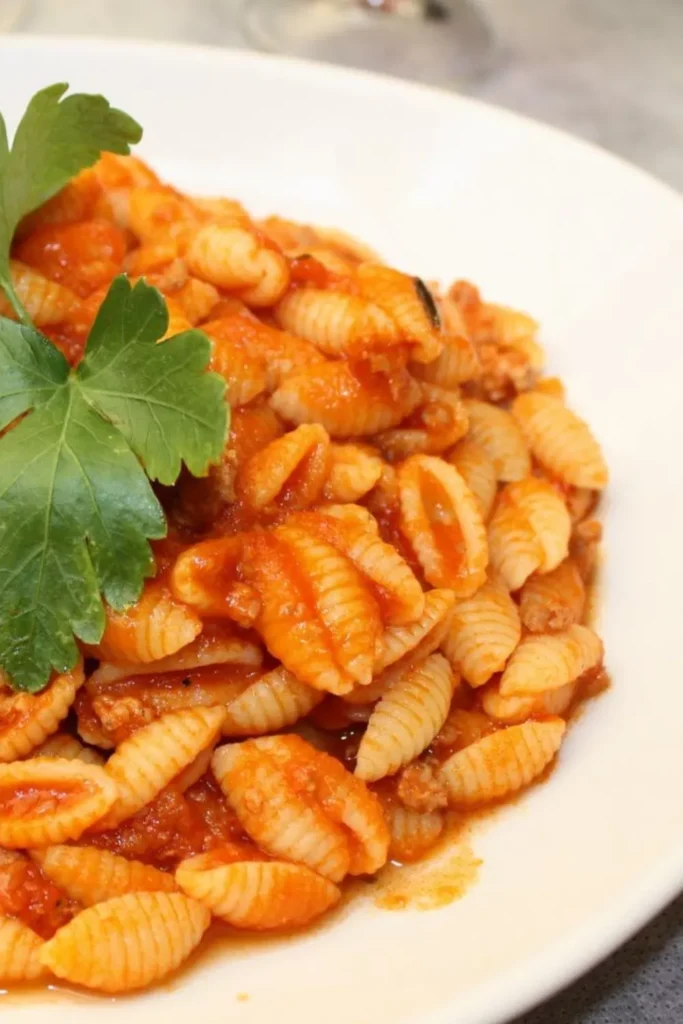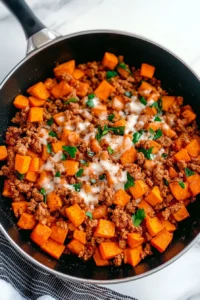Gnocchetti, often known as Malloreddus, is a delightful and versatile pasta shape hailing from the beautiful island of Sardinia. As a lover of Italian cuisine, I have found this dish to be a fascinating combination of simplicity and rich cultural heritage. In this article, I’ll take you on a journey through the history, preparation, and enjoyment of this unique pasta.
History and Origin
Gnocchetti has its roots deep in the culinary traditions of Sardinia. Known locally as Malloreddus, these small, ridged pasta shapes have been a staple in Sardinian kitchens for centuries. The name “malloreddus” translates to “little calves,” reflecting the small, plump shape of the pasta. Traditionally, this dish was made for special occasions and feasts, symbolizing the abundance and prosperity of the region.
For more insight into traditional pasta dishes, you can explore this Gnocchi Bolognese recipe.
Ingredients and Preparation
Making gnocchetti at home is a rewarding experience that requires only a few basic ingredients. Here’s what you’ll need:
- Semolina flour
- Water
- A pinch of salt
Step-by-Step Preparation Method
- Mix semolina flour with water and salt to form a dough.
- Knead the dough until it becomes smooth and elastic.
- Roll the dough into thin ropes and cut them into small pieces.
- Shape each piece using a gnocchi board or the back of a fork to create ridges.
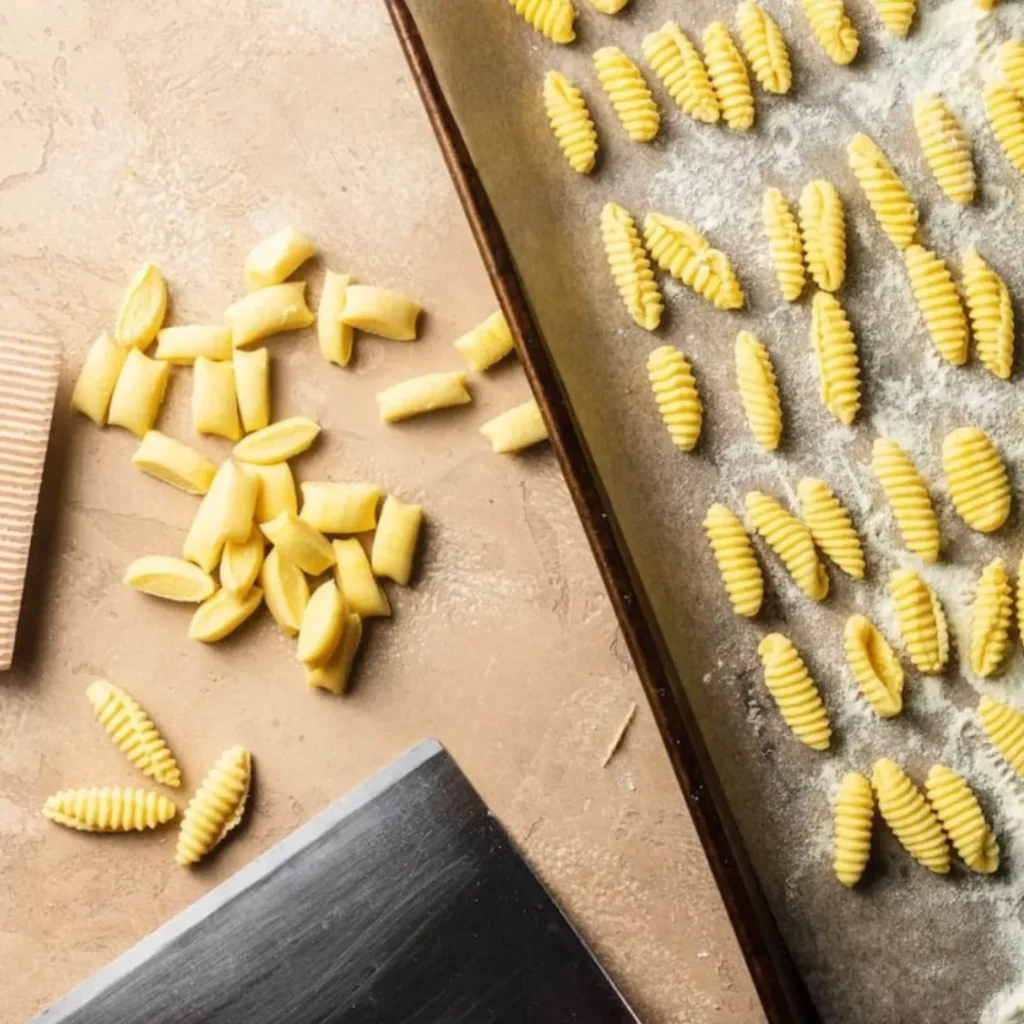
These ridges are crucial as they help the pasta hold onto sauces better. For a detailed recipe, you can check out this Gnocchetti Sardi Recipe.
Different Variations
While the classic Gnocchetti Sardi is made with semolina flour, there are several intriguing variations to explore:
- Corn-and-Wheat Gnocchetti: A mix of corn flour and all-purpose flour gives this variation a mild sweetness and hearty texture.
- Gnocchetti with Potato: Adding mashed potatoes to the dough creates a softer, more tender pasta.
These variations add a unique twist to the traditional recipe, making this dish even more versatile and exciting.
Popular Recipes
Gnocchetti shines in a variety of recipes. Here are some of my favorites:
- Gnocchetti Sardi with Tomato Butter Sauce: This dish combines the chewy texture of the pasta with a rich, flavorful tomato butter sauce. It’s a comforting and satisfying meal that’s perfect for any occasion.
- Gnocchetti with Pesto Sauce: A fresh and vibrant dish where the ridges of the pasta catch the delicious pesto sauce beautifully.
- Gnocchetti in Hearty Meat Ragout: Known as the “poor man’s gnocchi,” this recipe pairs the pasta with a robust meat sauce, creating a hearty and fulfilling meal.
For more inspiration, take a look at this guide on Traditional Sardinian Pasta.
Cooking Techniques and Tips
Cooking gnocchetti to perfection requires attention to detail:
- Cooking Time: Fresh gnocchetti typically cooks in about 3-5 minutes. Be sure to taste-test for the right al dente texture.
- Tips: Use plenty of salted boiling water and stir gently to prevent sticking. Avoid overcooking as it can make the pasta too soft.
Pairing with Sauces
Gnocchetti pairs wonderfully with a variety of sauces:
- Tomato-Based Sauces: The classic choice, complementing the pasta’s texture and flavor.
- Cream-Based Sauces: Rich and indulgent, perfect for a comforting meal.
- Herb-Based Sauces like Pesto: Fresh and aromatic, ideal for lighter dishes.

For a delicious sauce recipe, check out this Garlic Parmesan Sauce.
Nutritional Information
This pasta is not just delicious but also nutritious. Made primarily from semolina flour, it is a good source of complex carbohydrates and provides some protein and fiber. For a detailed breakdown, you can visit Nutritional Information of Gnocchetti.
Serving Suggestions
Whether you’re sticking to tradition or experimenting with modern twists, here are some serving ideas:
- Traditional: Serve gnocchetti with a simple tomato sauce and grated Pecorino cheese.
- Modern: Try it with a creamy truffle sauce or a zesty lemon and herb dressing.
FAQs
What is gnocchetti pasta?
Gnocchetti, also known as Malloreddus, is a small, ridged pasta shape from Sardinia, Italy.
How is gnocchetti different from gnocchi?
While both are Italian pastas, gnocchetti is made from semolina flour and water, whereas gnocchi is typically made from potatoes and flour.
Can gnocchetti be made gluten-free?
Yes, you can use gluten-free flour blends to make this pasta, though the texture may vary slightly.
What are the best substitutes for gnocchetti?
Cavatelli or small shell pasta can be used as substitutes if gnocchetti is not available.
How long does homemade gnocchetti last?
Homemade gnocchetti can be stored in the refrigerator for up to 3 days or frozen for up to a month.
Exploring the world of gnocchetti has been a delightful journey into Sardinian cuisine. From its rich history to its versatile preparation methods, gnocchetti offers endless culinary possibilities. I hope this guide inspires you to try making this wonderful pasta at home and experiment with various recipes and sauces.
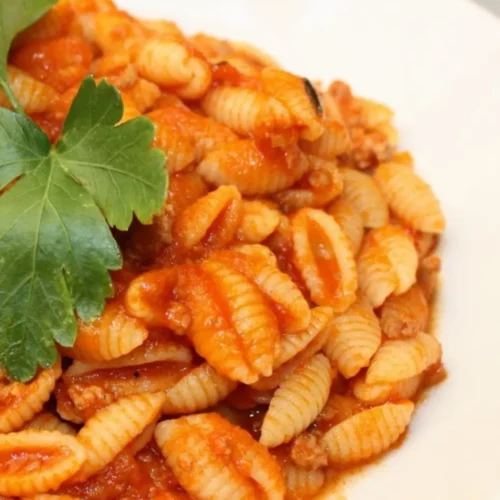
Gnocchetti Pasta
Ingredients
- 2 cups semolina flour
- 3/4 cup water
- A pinch of salt
Instructions
Prepare the Dough:
- Mix semolina flour with water and salt to form a dough.
- Knead the dough until it becomes smooth and elastic.
Shape the Gnocchetti:
- Roll the dough into thin ropes.
- Cut the ropes into small pieces.
- Shape each piece using a gnocchi board or the back of a fork to create ridges.
Cook the Gnocchetti:
- Bring a pot of salted water to a boil.
- Add the gnocchetti and cook for 3-5 minutes until they float to the surface.
- Drain and serve with your choice of sauce.
Notes
- Ensure the dough is kneaded well to achieve the right texture.
- Use plenty of salted boiling water to cook the pasta.
- Gnocchetti pairs well with tomato-based, cream-based, and herb-based sauces.

